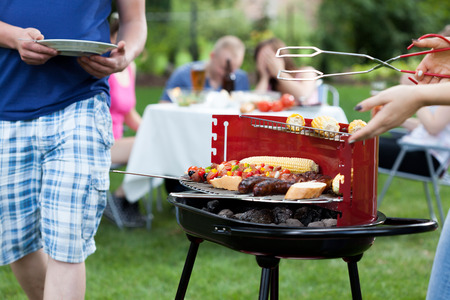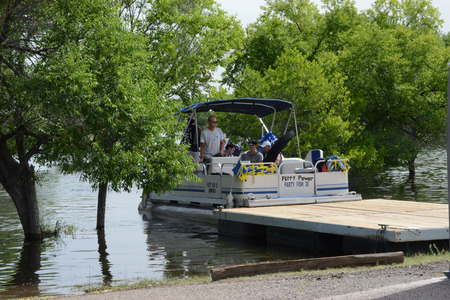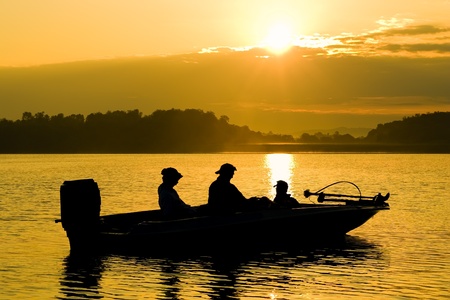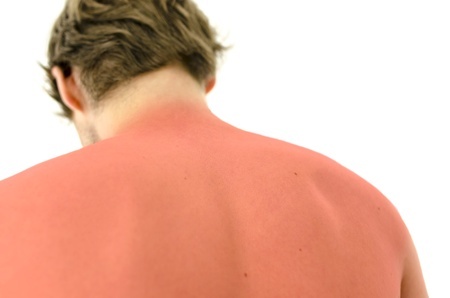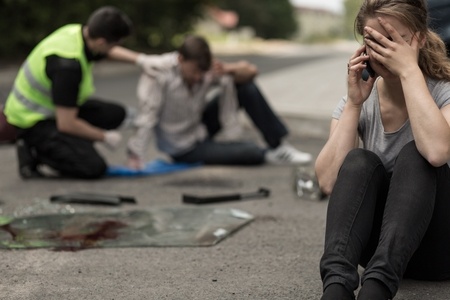Summer is a time that most people enjoy swimsuits, shorts and short sleeves. However, the extra sun exposure can quickly cause sunburn in less than 15 minutes (thought it might not show up for 30 minutes).
Why should sunburn concern us?
According to SkinCancer.org, dermatologist Jeffrey Brackeen, MD, a member of The Skin Cancer Foundation, says that, “Repeat sunburns put you at a substantial risk for skin cancer and premature skin aging.”
Symptoms of Sunburn
We all know that skin turns red when it is sunburned. What you may not realize is that the redness does not occur at the time of the sunburn. It can take as little as 30 minutes or up to 6 hours for redness to occur. Though worst pain is usually within 48 hours or less, the burn develops over 1-3 days. Afterward, the skin peeling can last for 3-8 days and may be accompanied by itching.
The ABC’s of Preventing Sunburn
Generally, darker-skinned people do not burn as easily as those with more fair skin. However, protecting your skin from the sun’s harmful rays is a must regardless of how fair or tan your skin.
A: Avoid
Avoid the sun when it is strongest: 10AM-4PM. When you are outdoors, find shade if possible.
B: Block
Wear sunscreen that is waterproof and at least SPF 15 or more. Use SPF 30 or more for children (and consider it for yourself). Be sure your skin is dry before applying. Choose a “broad-spectrum” sunscreen that will protect against both UVA and UVB rays. You might consider using SPF 30 lip balm.
Sunscreen should be applied to all areas of your body that will be exposed to the sun at least 15 minutes before going out. Reapply every 2-3 hours or more often when swimming or sweating.
C: Cover Up
Wear clothing that covers the skin including hats and sunglasses that block UV rays. You might even consider clothing made with sun-protective fabric.
What to Do if You Get Sunburned
Get the Heat Out
Take frequent cool showers or baths. You can also take a dip in a cool lake or pool to help reduce the heat.
Do not use ice directly on sunburn, but you can use a cold compress or a cool cloth.
While the skin is damp, use a gentle moisturizing lotion.
When using lotion, avoid petroleum or oil-based ointments because they can trap heat in the skin which can trap heat in the skin.
According to WebMD, topical steroids (like hydrocortisone cream) can help with pain and swelling, but you should NOT use the cream on children age 2 and under. It should not be used in the rectal or vaginal area of children under 12.
Stay Hydrated and Rest
Sometimes a sunburn can cause a headache. Lie down in a cool, quiet room to relieve it.
The burn will draw fluids from your body. In addition, headaches can sometimes be caused by dehydration. Therefore, keep drink water so that you replace the fluids.


